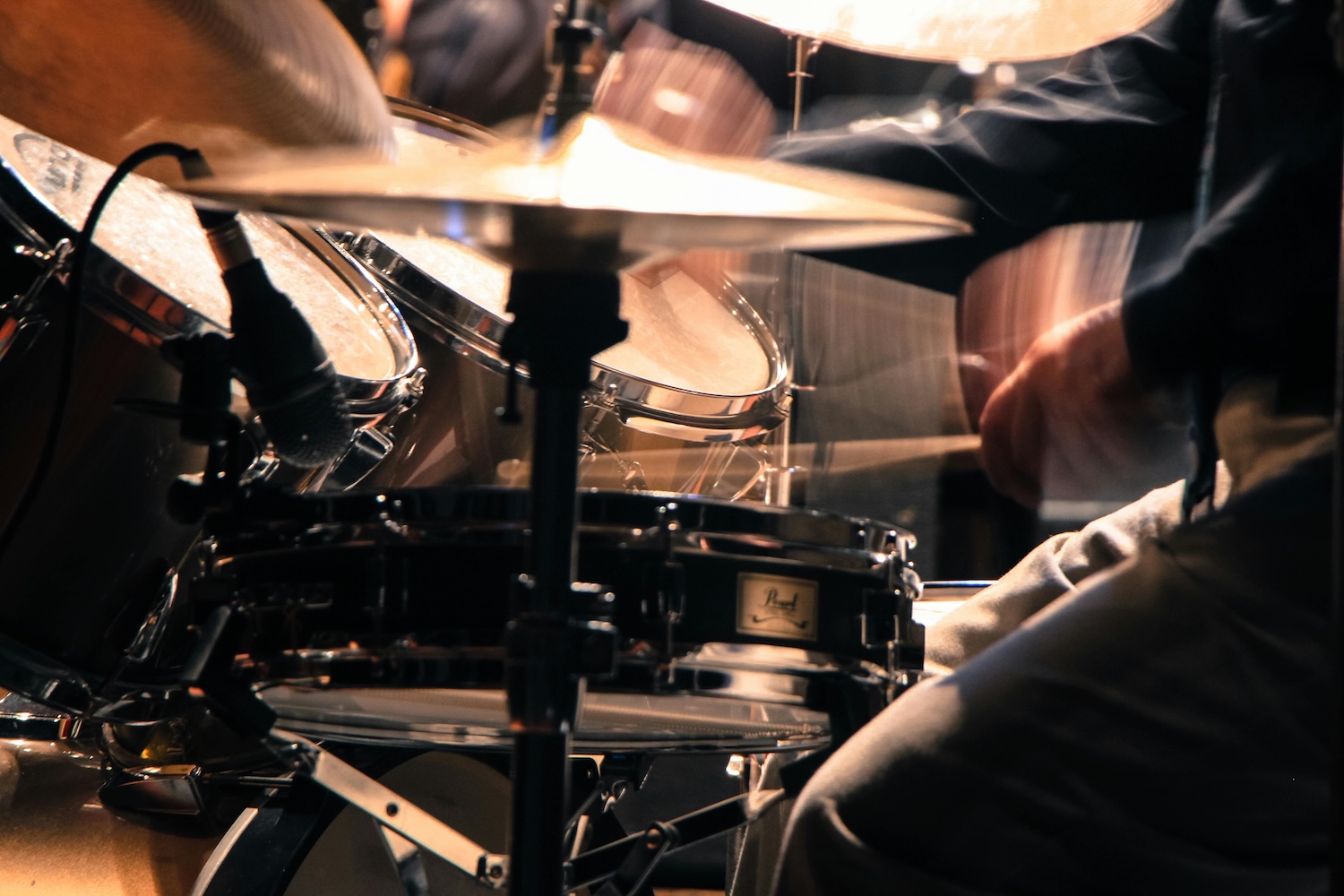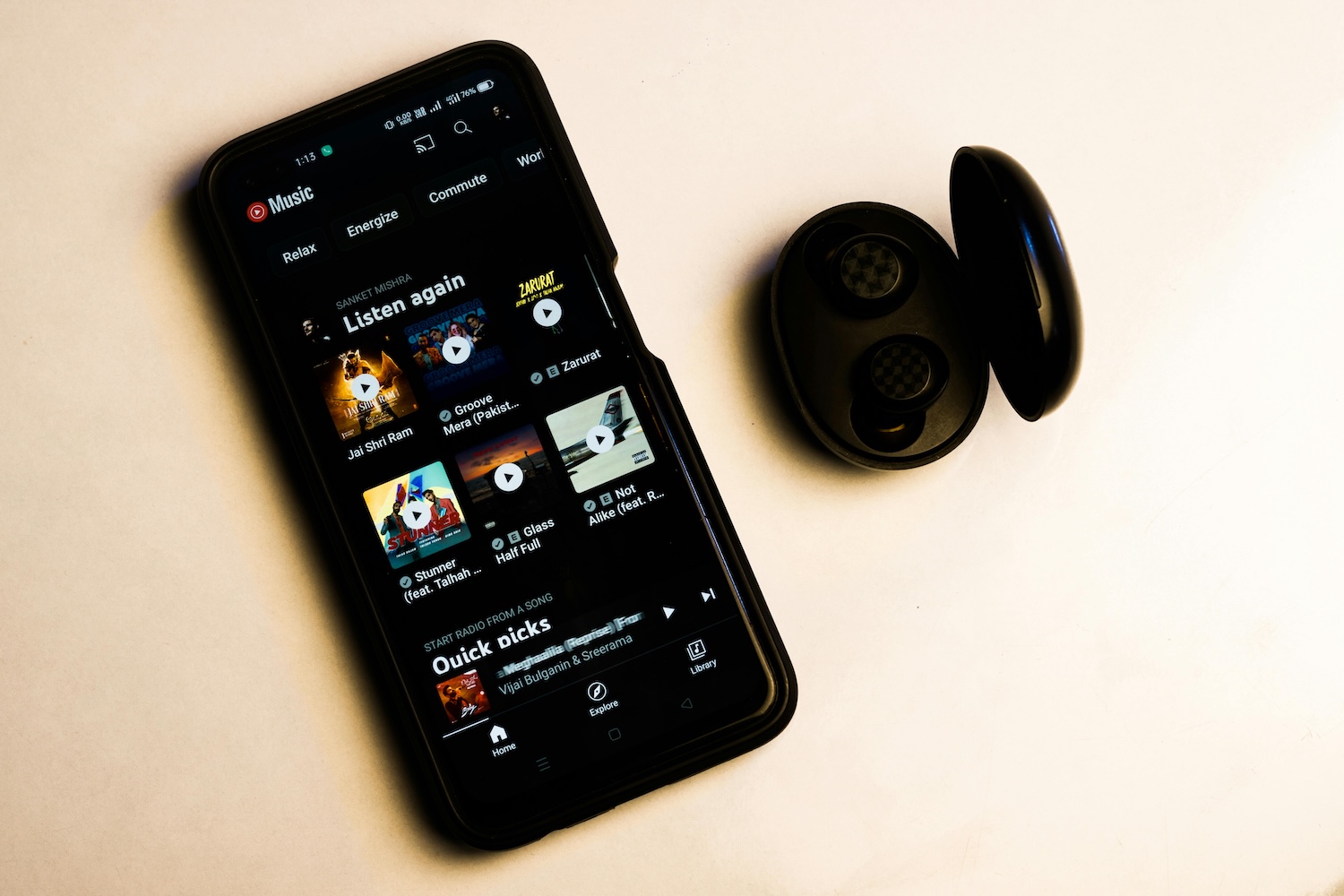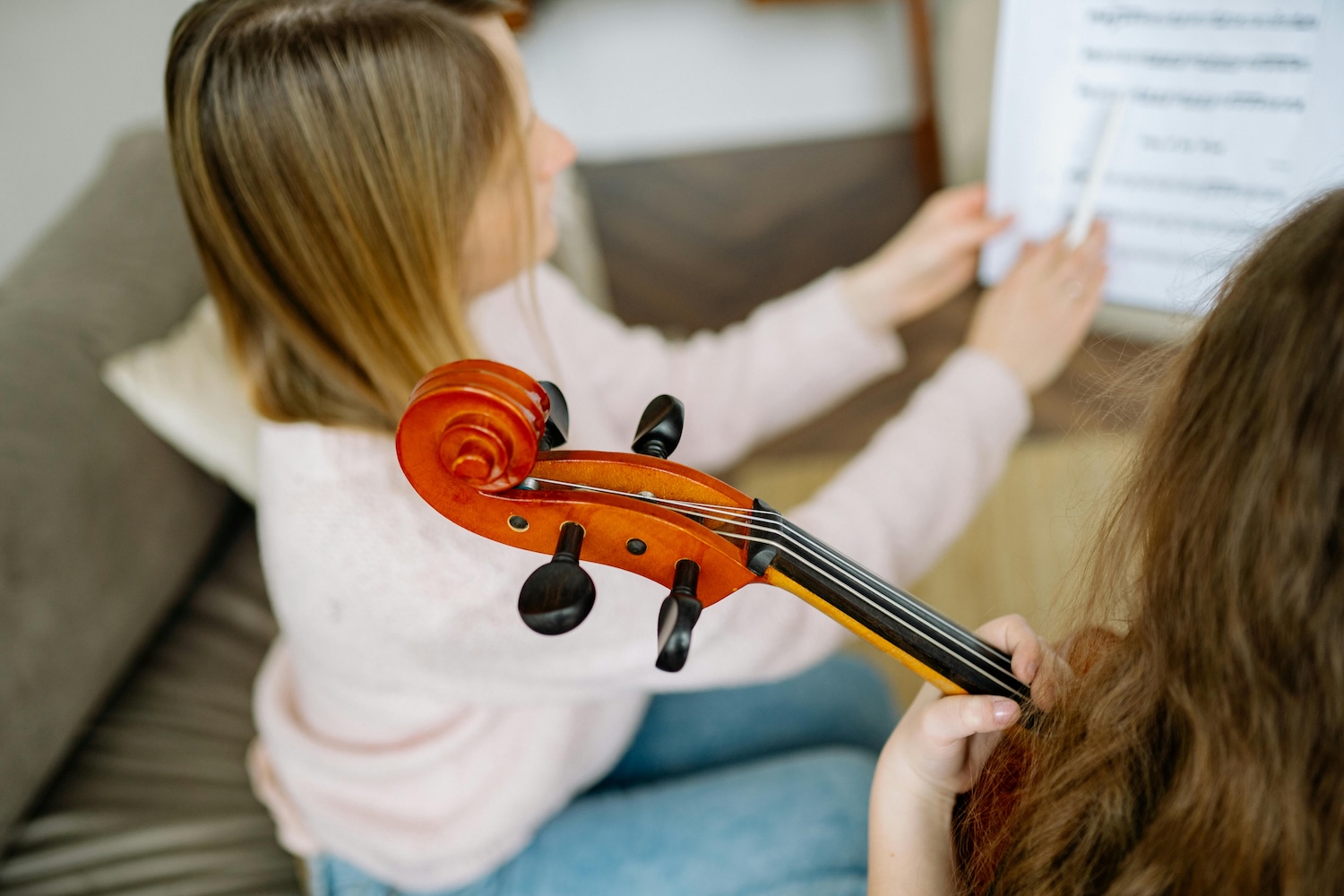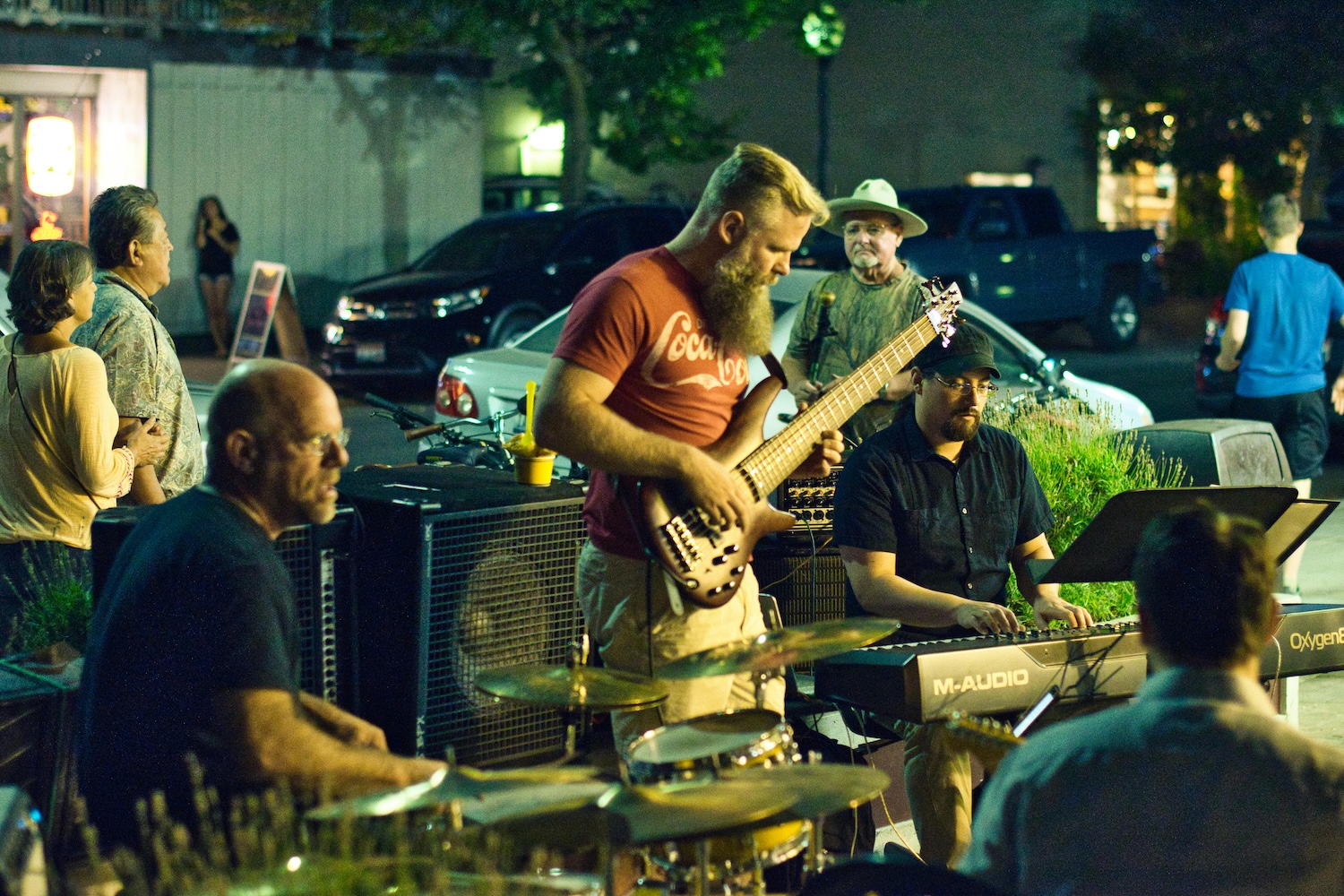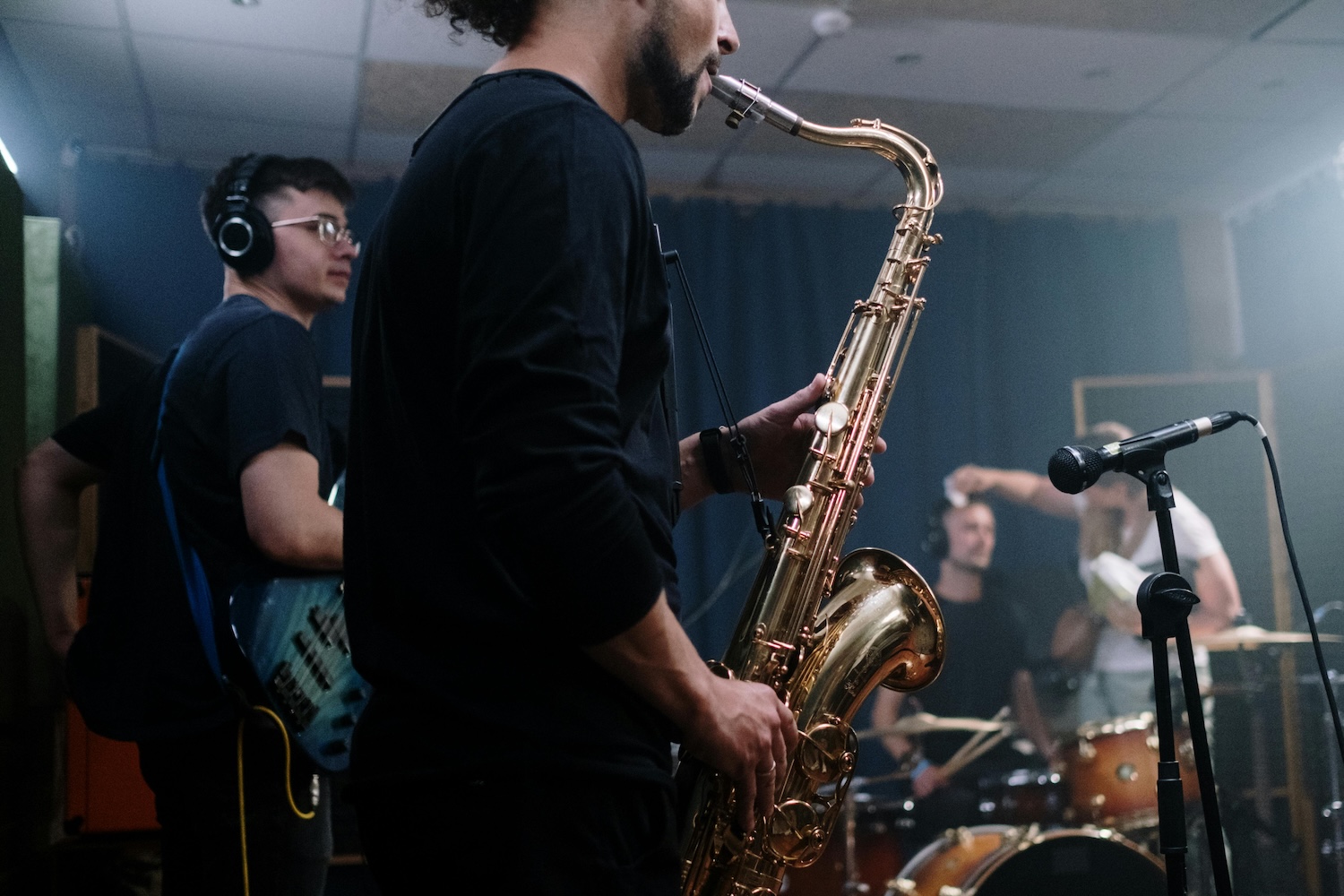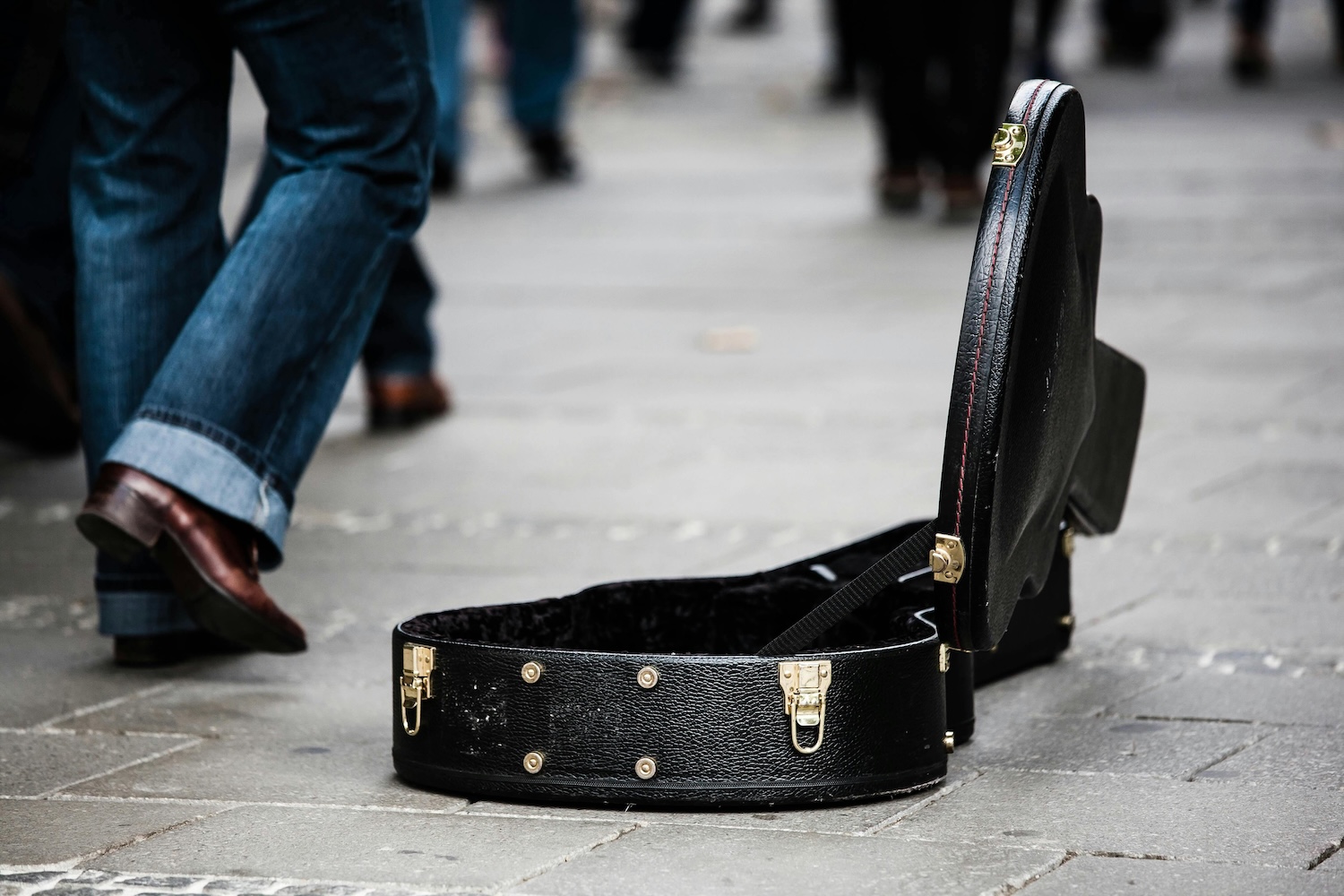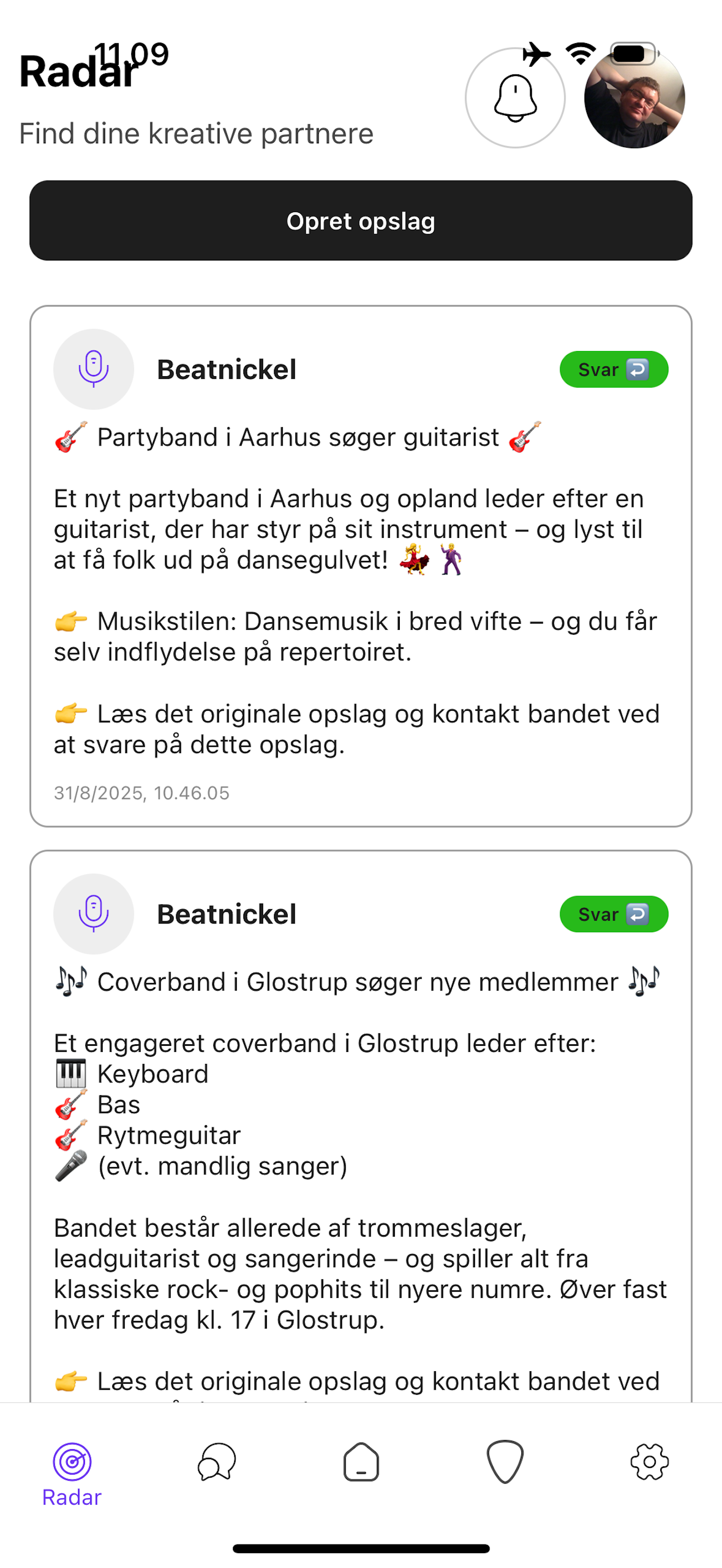Do You Know the Difference? Wind Band, Brass Band, and Symphony Orchestra Explained
Date:
14.5.2025
Author:
Oli Olsen
Do You Know the Difference? Wind Band, Brass Band, and Symphony Orchestra Explained
What exactly is the difference between a wind band, a brass band, and a symphony orchestra? In this guide, we break down the three types of ensembles in a clear and simple way – ideal for curious music lovers, beginners, and young musicians.
Many people have heard of "brass band", "wind band", and "symphony orchestra" – but what do these terms actually mean?
If you're new to the world of music or just curious, here’s an easy guide to help you understand what sets these three ensembles apart.
Brass Band – All About Brass and Percussion
A brass band consists only of brass instruments and percussion. You won’t find clarinets or flutes here. Instruments typically include:
- Cornets
- Flugelhorn
- Tenor horns
- Baritones
- Euphoniums
- Trombones
- Tubas
- Percussion
Brass bands originated in the UK and are often linked to competitions, marching music, and rich musical traditions. Their repertoire includes classical transcriptions, original works, and popular music.
Wind Band – A Versatile Mix
Also called a concert band or symphonic band, the wind band includes:
- Brass instruments: trumpets, horns, trombones, tubas
- Woodwinds: flutes, clarinets, oboes, bassoons, saxophones
- Percussion: timpani, drums, mallet instruments, etc.
This makes for a very flexible ensemble capable of playing everything from classical to film scores, jazz, and pop. Wind bands are common in schools, community music groups, and professional settings.
Symphony Orchestra – The Full Experience
A symphony orchestra is the largest of the three and consists of four main instrument groups:
- Strings: violins, violas, cellos, double basses
- Woodwinds: flutes, oboes, clarinets, bassoons
- Brass: horns, trumpets, trombones, tuba
- Percussion: timpani, cymbals, drums – sometimes harp and piano
The symphony orchestra is the core of classical music performance and performs works from composers like Beethoven, Mahler, and modern film composers.
Which One Is Right for You?
If you (or your child) play a brass or woodwind instrument, both brass bands and wind bands are great communities for musical growth. If you play strings, a symphony orchestra is your destination.
All three types of ensembles offer:
- Musical community
- Concert and competition opportunities
- Learning and growth through collaboration
Beatnickel – Bringing Musicians Together
No matter what you play – euphonium, clarinet, or violin – Beatnickel.com helps you connect with others. We're currently in beta – you can join the waitlist today and be part of building a national music community.
Other blogs















